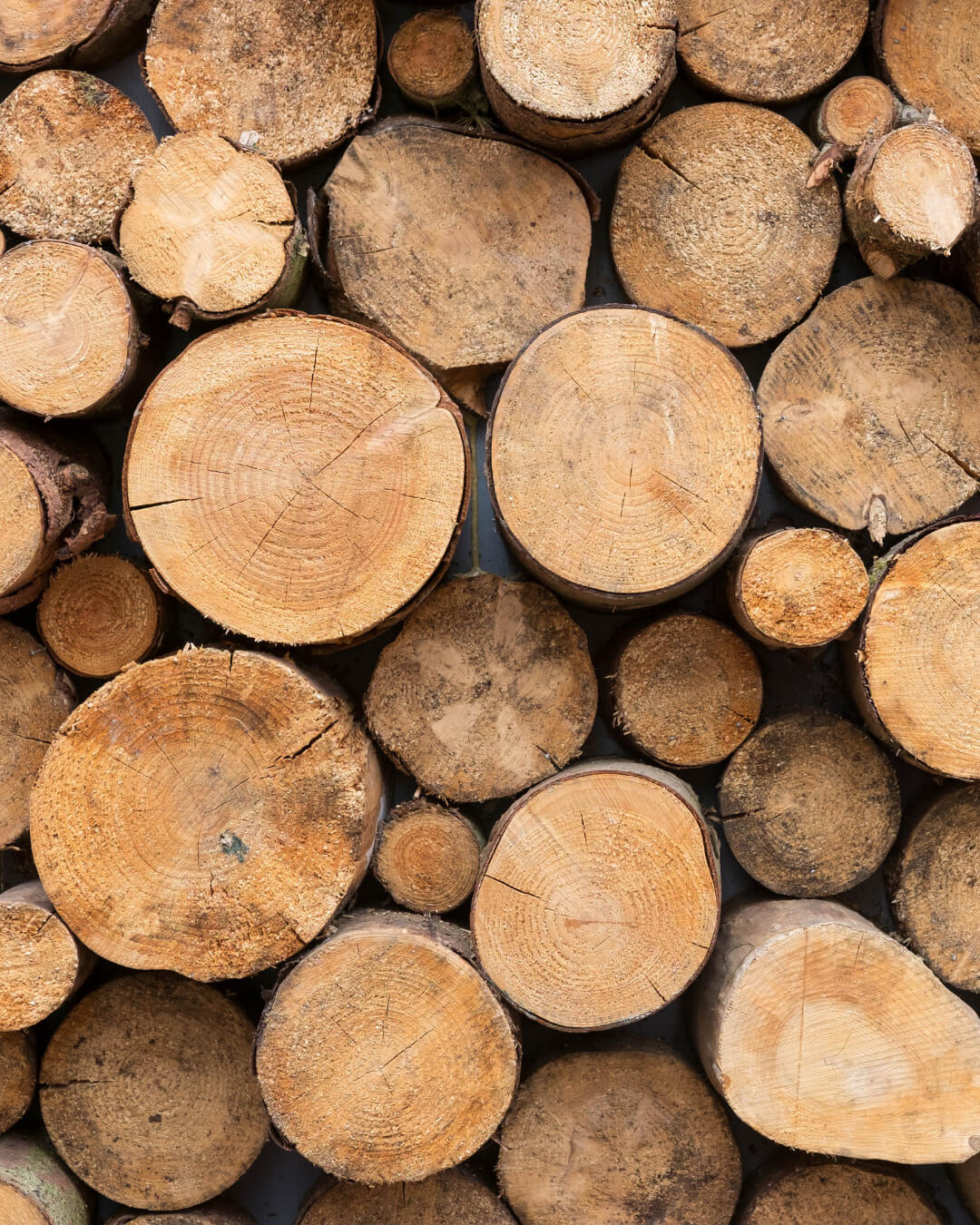Sustainability Facts

Why Wood-Based Laminate Flooring is a Smarter, More Sustainable Choice
Made from Fast-Growing Trees and Recovered Wood
Laminate flooring makes brilliant use of fast-growing plantation trees and reclaimed wood waste, turning what might be discarded into high-performance, beautiful flooring. Its wood-based core is engineered to utilize up to 99% of every harvested log, a stark contrast to solid wood flooring, which can leave up to 40% of the log unused.
By transforming wood waste and renewable resources into durable, stylish flooring, laminate is a standout example of efficient resource use, and it’s a sustainability story backed by measurable results.

NALFA is a Climate Positive NOW™ Partner
NALFA is proud to be a Climate Positive NOW™ Partner—a storytelling framework that highlights the sustainability benefits of forest-fiber products like laminate flooring. Together, we’re committed to educating consumers and design professionals on how laminate supports health, safety, and environmental responsibility.
Laminate flooring contributes to a healthier planet through:
- Sustainable Sourcing and Carbon Storage
Laminate flooring is made with engineered wood substrates sourced from managed forests. These substrates store more naturally captured carbon than is released during harvest and production, helping to reduce the industry’s overall carbon footprint. - Energy-Efficient Manufacturing
Products made from engineered wood require less energy to produce than most other materials, lowering greenhouse gas emissions and supporting responsible manufacturing practices. - Responsible Surface Design
Laminate’s decorative surfaces replicate the look of rare and fragile materials without depleting natural resources. Compared to other flooring categories, laminate offers a lower carbon footprint while delivering exceptional visual realism. - Low-Maintenance, Low-Impact
Laminate flooring is easy to install and maintain without the need for harsh chemicals. This simplicity reduces environmental impact over the product’s lifetime and supports healthier indoor environments. - Scalable Environmental Benefits
Thanks to its availability, durability, and affordability, laminate is used in a wide range of applications. The more it’s used in place of higher-emission alternatives, the greater its positive impact on the planet and its people.
What Does Climate Positive Mean?
Wood-based laminate flooring stores more carbon than it releases across its life cycle—a rare and vital trait in the building materials world. While this was once referred to as "carbon negative," the term "climate positive" more accurately captures the flooring’s environmental benefits. It’s a term now widely adopted by scientists, brands, and policymakers alike.
Preserving Ecosystems
Laminate flooring also helps protect fragile ecosystems by offering a responsible alternative to endangered or hard-to-source hardwoods. By using high-resolution woodgrain imagery of rare species, laminate delivers the same luxurious look, without contributing to deforestation or scarcity.
The Bottom Line
Laminate flooring lets consumers choose sustainability without compromise—combining environmental stewardship, high style, and smart value.
It’s durable. It’s beautiful. It’s climate positive. And it’s built for a better tomorrow.

